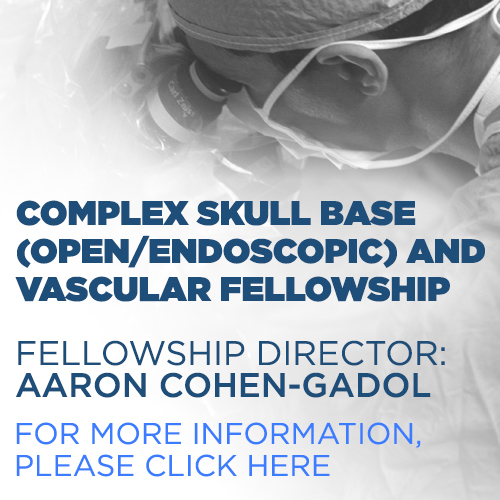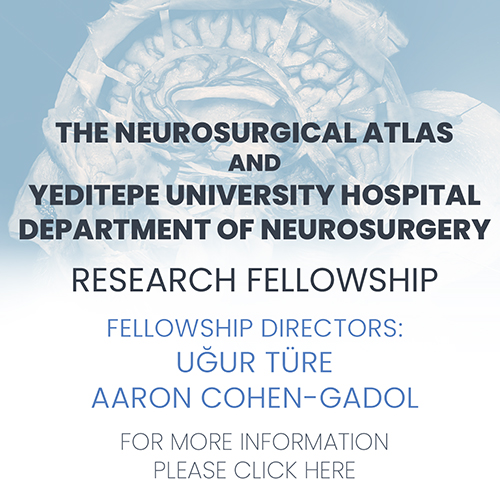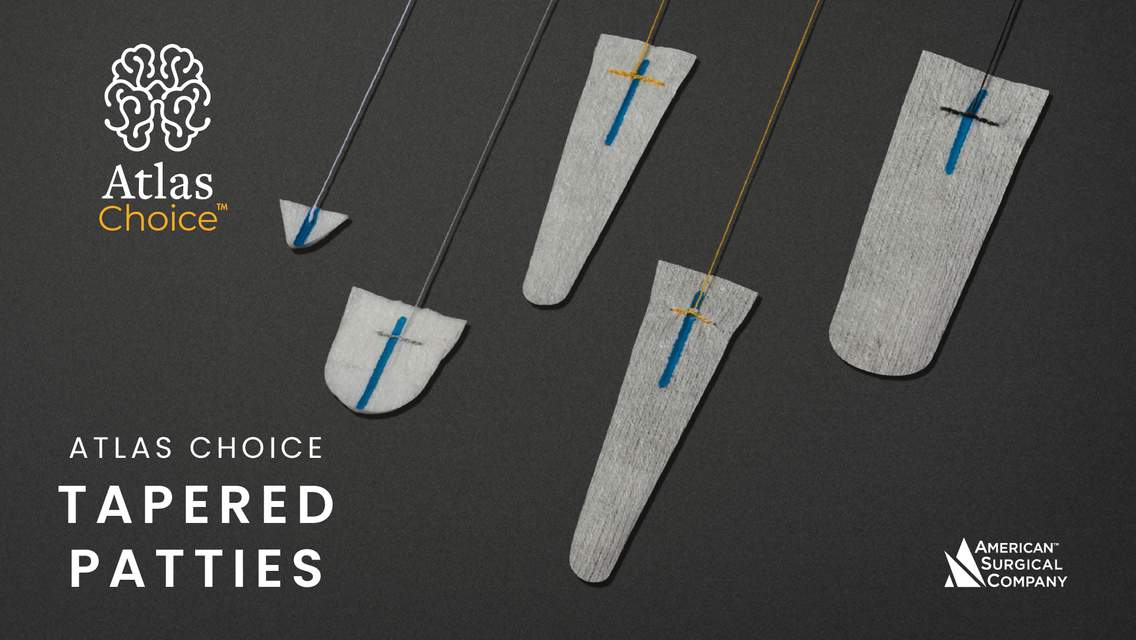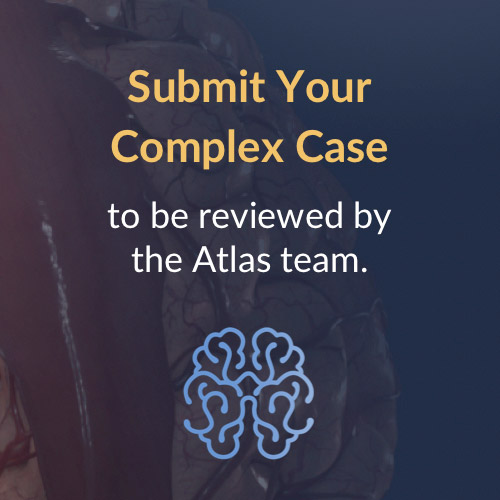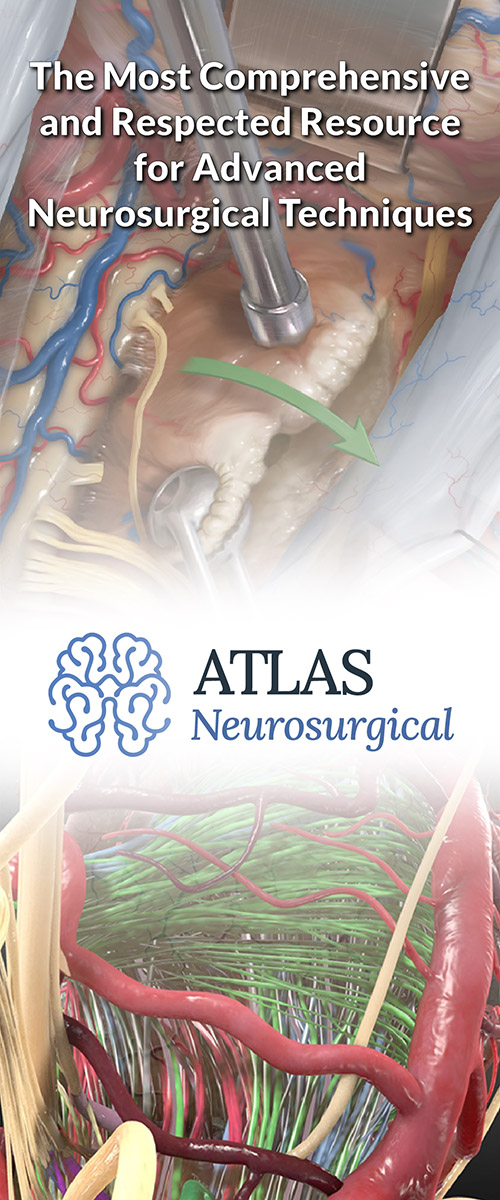Pseudoprogression
Figure 1: A patient’s pretreatment (top left) and 2-month postradiation and temozolomide contrast-enhanced (top right) images demonstrate a striking change in the region of abnormality. (Middle Left) Note the significant interval increase in the size of the heterogeneously enhancing lesion with a large amount of hyperintense edema, mass effect, and right-to-left midline shift on a posttreatment FLAIR image. Although there are patchy foci of reduced diffusivity within the posttreatment lesion (middle right and bottom left), there is a lack of hyperperfusion in the region of known enhancement on the MR perfusion CBV image (bottom right). The reduced diffusivity may suggest residual neoplasm but can also be seen in hemorrhage/coagulative necrosis of radiation injury. The significant increase in abnormal enhancement and FLAIR-hyperintense signal and the lack of hyperperfusion suggest pseudoprogression rather than tumor progression, but serial follow-up imaging would provide this answer more definitively.
Description
- Chemoradiation-related increase in contrast enhancement mimicking tumor progression
- Pseudoprogression typically occurs within 3 to 6 months after the conclusion of radiation therapy
- Most commonly associated with patients receiving temozolomide
Pathology
- Vascular and oligodendroglial injury leading to inflammation and increased permeability of blood–brain barrier
- May result from transiently increased permeability of tumor vasculature from irradiation
Clinical Features
- Typically asymptomatic unless there is associated mass effect
- Incidence is 30% to 50%
- Has been associated with improved survival
Imaging
- General
- New enhancement with increased FLAIR signal in treated glioblastoma or other radiated brain tissue 3 to 4 months after radiotherapy
- Follow-up studies often necessary to diagnose accurately
- Modality specific
- CT
- Nonspecific
- May see increased perilesional edema or enhancement
- MRI
- T1WI
- Hypointense
- May have hyperintense areas of hemorrhage
- T2WI/FLAIR
- Hyperintense with mass effect
- DWI
- Higher ADC values and ratios of the enhancing tissue when compared to tumor
- Often striking restricted diffusion in the necrotic/hemorrhage nonenhancing center
- Contrast
- Demonstrates enhancement, usually peripheral
- PWI
- Lower mean relative cerebral blood volume (CBV) than tumor
- Often hypoperfusion compared to normal brain parenchyma
- Spectroscopy
- Low choline with a choline/N-acetyl-aspartate ratio of <1.4
- Increased lactate and lipid peaks compared to normal tissue
- T1WI
- PET
- Hypometabolic areas compared to normal brain tissue and compared to tumor
- Often obscured by normally hypermetabolic cortex
- Not as specific as MR perfusion
- CT
- Imaging recommendations
- MRI with contrast and perfusion; often need a follow-up examination to diagnose accurately
- Mimic
- Often very difficult to distinguish between radiation necrosis and progression of disease; perfusion imaging can be very helpful because tumor usually demonstrates increased CBV and radiation necrosis most often demonstrates normal or decreased CBV
For more information, please see the corresponding chapter in Radiopaedia.
Contributor: Sean Dodson, MD
References
Boxerman JL, Ellingson BM. Response assessment and magnetic resonance imaging issues for clinical trials involving high-grade gliomas. Top Magn Reson Imaging 2015;24:127–136. doi.org/10.1097/RMR.0000000000000054
Chu HH, Choi SH, Ryoo I, et al. Differentiation of true progression from pseudoprogression in glioblastoma treated with radiation therapy and concomitant temozolomide: comparison study of standard and high-b-value diffusion-weighted imaging. Radiology 2013;269:831–840. doi.org/10.1148/radiol.13122024
Gahramanov S, Muldoon LL, Varallyay CG, et al. Pseudoprogression of glioblastoma after chemo- and radiation therapy: diagnosis by using dynamic susceptibility-weighted contrast-enhanced perfusion MR imaging with ferumoxytol versus gadoteridol and correlation with survival. Radiology 2013;266:842–852. doi.org/10.1148/radiol.12111472
Galldiks N, Dunkl V, Stoffels G, et al. Diagnosis of pseudoprogression in patients with glioblastoma using O-(2-[18F]fluoroethyl)-l-tyrosine PET. Eur J Nucl Med Mol Imaging 2015;42:685–695. doi.org/10.1007/s00259-014-2959-4
Hygino da Cruz LC, Rodriguez I, Domingues RC, et al. Pseudoprogression and pseudoresponse: imaging challenges in the assessment of posttreatment glioma. AJNR Am J Neuroradiol 2011;32:1978–1985. doi.org/10.3174/ajnr.A2397
Kebir S, Fimmers R, Galldiks N, et al. Late pseudoprogression in glioblastoma: diagnostic value of dynamic O-(2-[18F]fluoroethyl)-l-tyrosine PET. Clin Cancer Res 2015:22:2190–2106. doi.org/10.1158/1078-0432.CCR-15-1334
Melguizo-Gavilanes I, Bruner JM, Guha-Thakurta N, et al. Characterization of pseudoprogression in patients with glioblastoma: is histology the gold standard? J Neurooncol 2015;123:141–150. doi.org/10.1007/s11060-015-1774-5
Radbruch A, Fladt J, Kickingereder P, et al. Pseudoprogression in patients with glioblastoma: clinical relevance despite low incidence. Neuro-Oncology 2015;17:151–159. doi.org/10.1093/neuonc/nou129
Shim H, Holder CA, Olson JJ. Magnetic resonance spectroscopic imaging in the era of pseudoprogression and pseudoresponse in glioblastoma patient management. CNS Oncol 2013;2:393–396. doi.org/10.2217/cns.13.39
Yun TJ, Park C-K, Kim TM, et al. Glioblastoma treated with concurrent radiation therapy and temozolomide chemotherapy: differentiation of true progression from pseudoprogression with quantitative dynamic contrast-enhanced MR imaging. Radiology 2015;274:830–840. doi.org/10.1148/radiol.14132632
Please login to post a comment.

